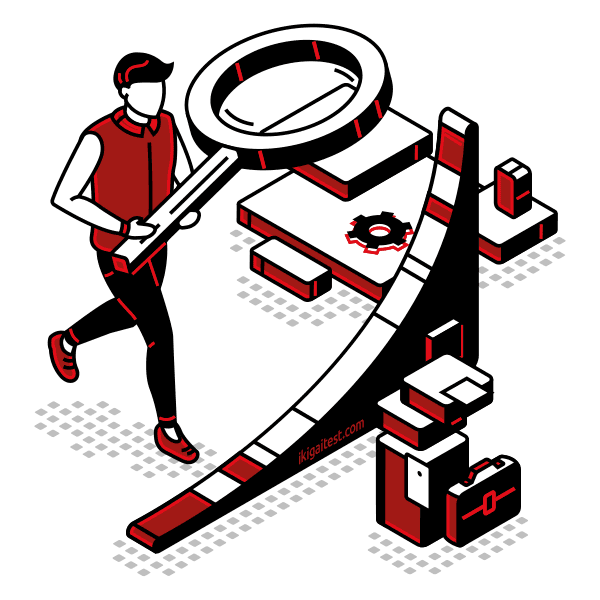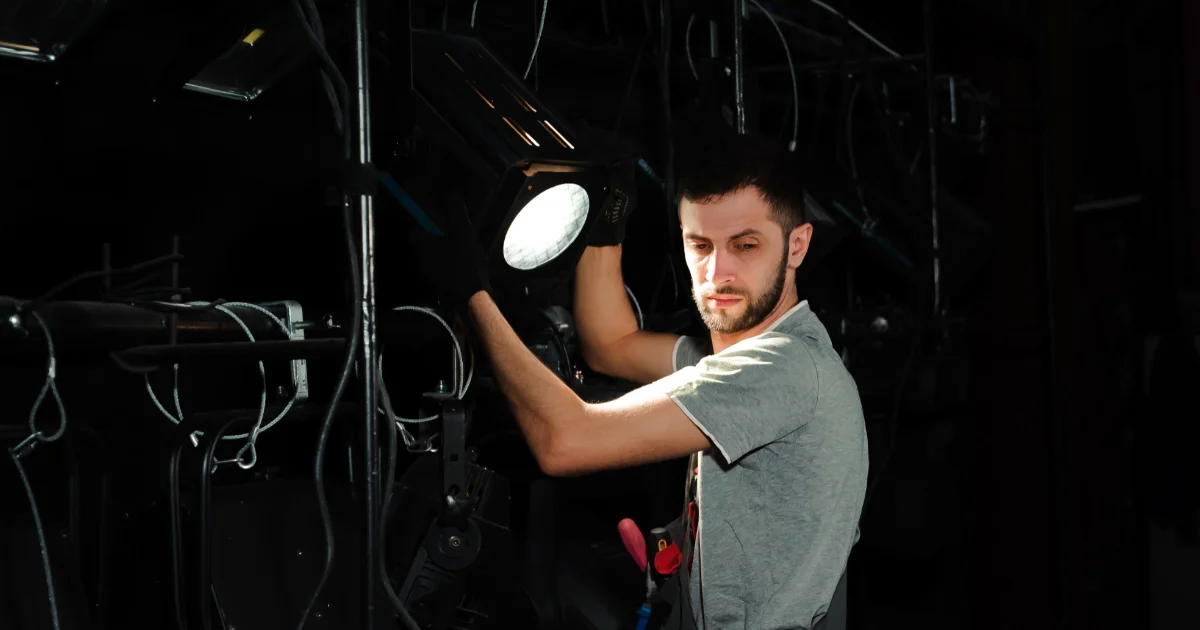Technician

Technicians will often be asked these tasks:
- Providing documentation, detailed instructions, drawings, or specifications to tell others about how devices, parts, equipment, or structures are to be fabricated, constructed, assembled, modified, maintained, or used.
- Using computers and computer systems (including hardware and software) to program, write software, set up functions, enter data, or process information.
- Servicing, repairing, calibrating, regulating, fine-tuning, or testing machines, devices, and equipment that operate primarily on the basis of electrical or electronic (not mechanical) principles.
Inspector

Inspectors should be great at:
- Estimating sizes, distances, and quantities; or determining time, costs, resources, or materials needed to perform a work activity.
- Observing, receiving, and otherwise obtaining information from all relevant sources.
- Identifying information by categorizing, estimating, recognizing differences or similarities, and detecting changes in circumstances or events.
- Inspecting equipment, structures, or materials to identify the cause of errors or other problems or defects.
Other work activities related to Audio and video equipment technicians
- Installing, adjusting, and operating electronic equipment for recording, editing, and transmitting radio and television programs, motion pictures, video conferencing, or multimedia presentations.
- Diagnosing and resolving media system problems.
- Reserving audio visual equipment and facilities, such as meeting rooms.
- Analyzing and maintaining data logs for audio visual activities.
- Notifying supervisors when major equipment repairs are needed.
- Monitoring incoming and outgoing pictures and sound feeds for ensuring quality and notifying directors of any possible problems.
- Mixing and regulating sound inputs and feeds or coordinating audio feeds with television pictures.
- Designing layouts of audio and video equipment and performing upgrades and maintenance.
- Performing minor repairs and routine cleaning of audio and video equipment.
- Switching sources of video inputs from one camera or studio to another, from film to live programming, or from network to local programming.







